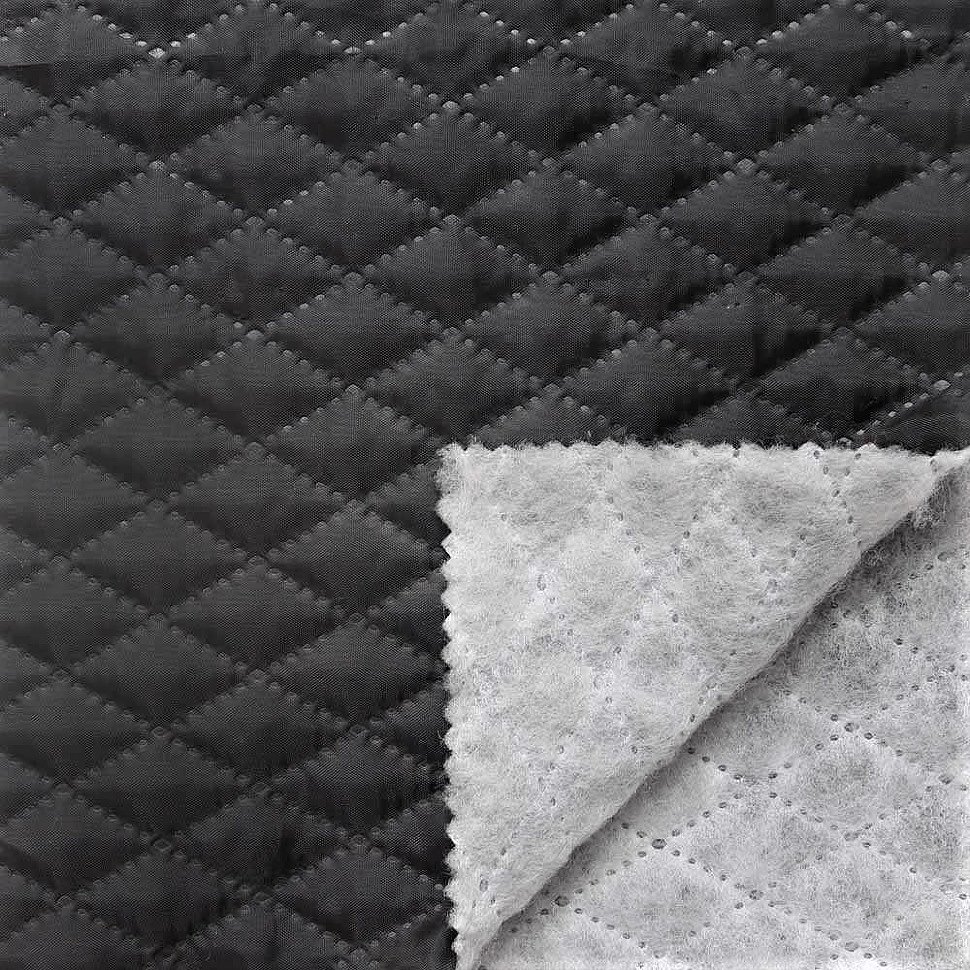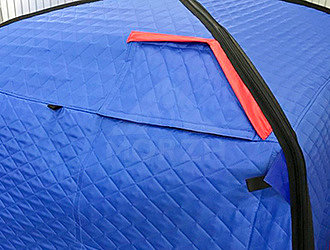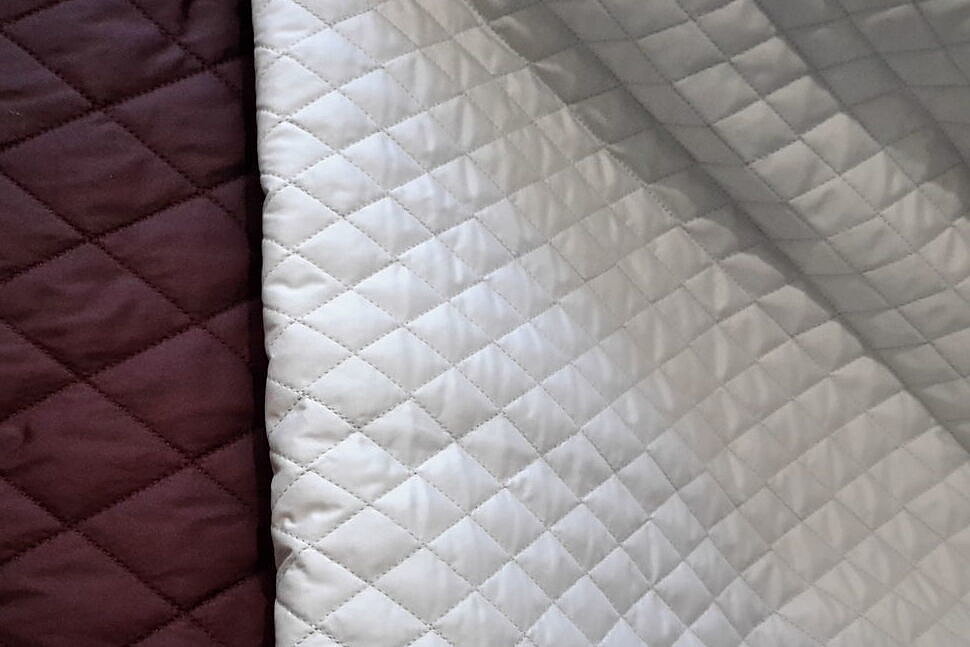The textile industry is constantly evolving. Today, the market offers a wide range of textiles, both natural and synthetic origin. The thermal stitch fabric stands out among the entire assortment. A modern, innovative way of joining fibers is used - fabrics are joined by short-term, but very strong heating. The use of this method is possible only if there are synthetic fibers in the fabric, which melt under high temperature, thereby joining multilayer fabrics.
Thermal stitching is better, because:
- There are no threads on the quilted fabric.
- Less risk of deformation.
- This fabric is more durable.
It has several areas of application:
- Sewing of outerwear and workwear.
- For bedspreads, blankets.
- When sewing bags, backpacks, suitcases.
- When making tents.

Thermostitch fabric classification
In the production of thermal stitches, various types of insulation and fabrics are used for the front side of the fabric. As an insulating layer, sintepon, sherstepon, tinsulate, ecofiber can be used.
The thermostitch fabric can be two-layer (insulation and front side) or three-layer (lining fabric - insulation - top layer). Materials of various textures can be used as the front side: cotton, wool, satin, flannel; for the bottom layer - lining materials of different textures.
When designing and quilting the fabric, different patterns are used: rhombuses, squares, circles, waves, serpentine, scales, cage, braid, etc.
Thermal stitching for MORZH tents
The awning of three-layer models is made of a three-layer quilted fabric (Oxford 240 / Siberia insulation / light strong Taffeta fabric with reinforcing weaving). This allows you to significantly save the fuel burned to create a sauna atmosphere.
The most important advantage of Siberia insulation is the use of microfibers, which form cells with air. That is why Siberia insulation has a higher thermal resistance than other insulation materials.
The MORZH fabric keeps the heat better. The awning technology is patented.

